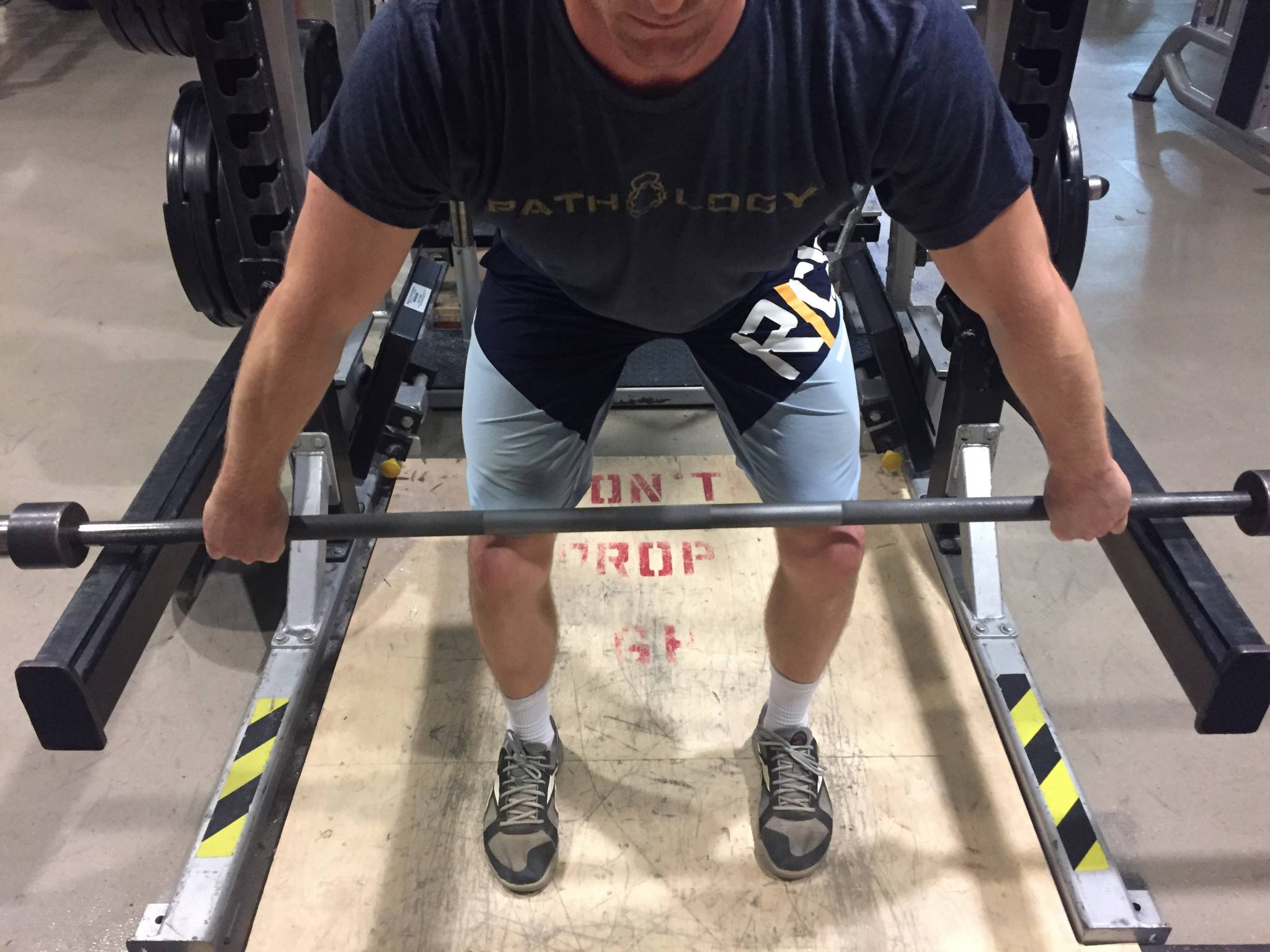Breathing Applied:
Crossfit, Weightlifting, and Performance
If breathing affects all the physiological processes outlined in the previous article, then breathing can absolutely affect performance in skilled sports.
Don’t believe it? Let’s look at two more points:
Recently, a study demonstrated healthy individuals experienced increased sway in static stance after acute hyperventilation. This means that even when people without any type of injury or motor control pattern problems exhaled repeatedly until hyperventilation was achieved, they experienced decreased balance in their resting stance. If the effects were experienced in resting stance, imagine the effects in a dynamic (moving) sport.
Also, another study found that after 60 seconds of increased pH from hyperventilation, subjects experienced reduced or eliminated transversus abdominis and diaphragm activation levels, which means less core stability around the spine during movements that involve labored breathing and heavy loads/high exertion.
Let’s make up a scenario within the “Crossfit” realm:
There are two athletes who are equally conditioned in every aspect, and they are about to go head-to-head through the first workout of the Crossfit Games…
The metcon (metabolic conditioning) involves a ton of snatches and box jumps (in honor of 17.1), followed by a heavy snatch ladder to close out the workout, where the athletes will be scored on the best successful lift in the time remaining.
Athlete 1-
As the athlete approaches the snatch ladder, he’s winded and is breathing uncontrollably. His back feels tight, his muscles aren’t cooperating, and people can hear him breathing from the next town over.
Athlete 2-
Obviously, the athlete is gassed as well, but continues to monitor his breathing. He takes deeper, more diaphragmatic breaths, and gathers himself before approaching the snatch ladder. He feels tired but capable as he sets up for his first lift within the ladder.
It’s not hard to figure out that Athlete 2 would be at an advantage here, but regardless of who might edge it out in this scenario, I have to say that Athlete 2 will have a decreased likelihood of getting injured under heavy load. His sympathetic nervous system is definitely cranking from the competition, but it’s within control, so he’s limiting the anxiety, tightness, muscular fatigue, and deficits in motor control he could be experiencing if he were breathing more uncontrollably. With this approach, even in circumstances where he has to move under heavy load with fatigue, he’s giving himself a better chance to call upon proper movement patterns to hit a successful lift.
So while I could never say that it will definitely be the difference in winning or losing, I can say that it will help to tilt the scales toward movement efficiency.
This isn’t even factoring in the ability of breathing to improve recovery time. In a sport like Crossfit, simply winning one event will not put you on the podium, you have to recover and repeat. Athletes will not recover with a hyperactive sympathetic nervous system that is dropping down trigger points, causing increased pain signals, and decreasing oxygenation to muscles that are begging to recover.
Hopefully these articles are opening your eyes to the possible implications of breathing within not only the performance realm, but for daily movement efficiency.
Breathe well,
Tyler
CSCS SPT
Owner Pathology Apparel
Resources:
Chaitow L. Breathing pattern disorders, motor control, and low back pain. Journal of Osteopathic Medicine. 2004;7(1):33-40.


